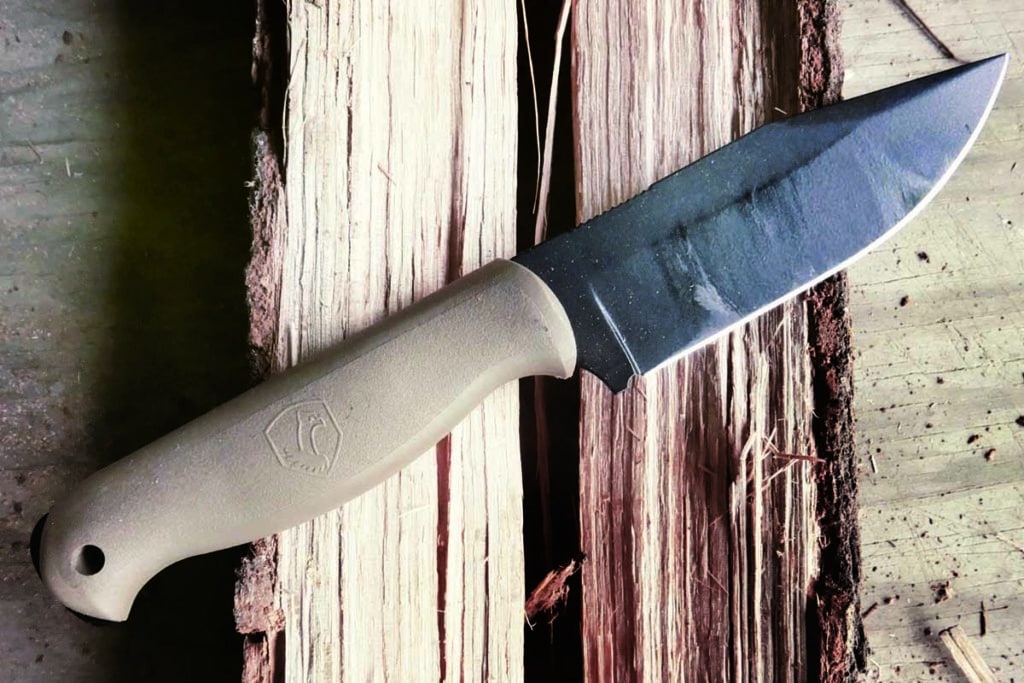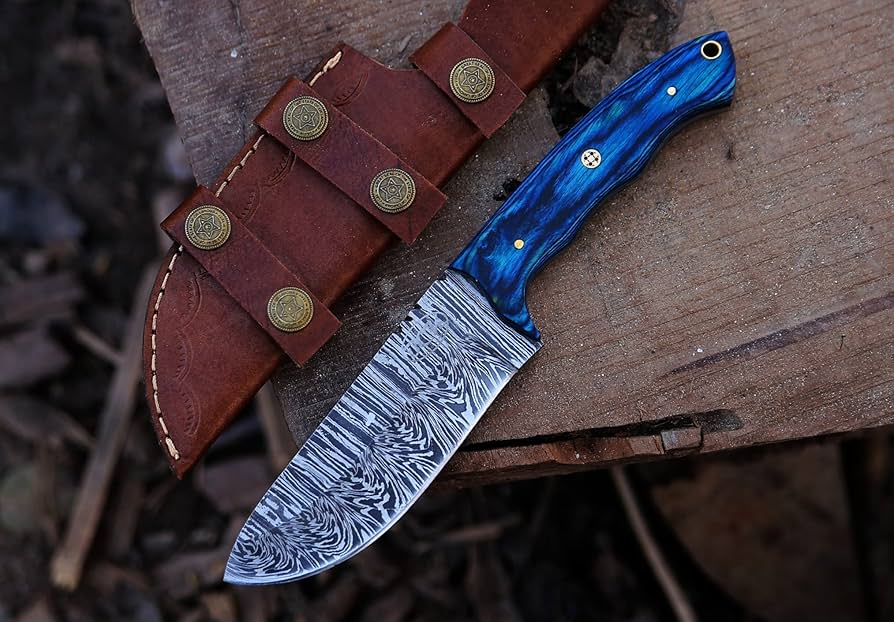When selecting a kitchen knife or any cutting tool, you might have come across terms like ‘hardness’ or ‘Blade Hardness Ratings’. Understanding what these terms imply is crucial, especially for kitchen professionals who rely heavily on their tools. In this article, we will explore what blade hardness ratings mean and how they affect the performance and durability of your knives.

What Are Blade Hardness Ratings?
The blade hardness ratings signify the capacity of a blade to resist wear, scratches, and abrasions. This rating is often measured using the Rockwell Hardness Scale, a standardized method to evaluate the hardness of materials. For kitchen professionals and culinary enthusiasts, understanding these ratings can enhance their experience in the kitchen.
The Importance of Understanding Blade Hardness
Knowing the blade hardness is essential as it influences the ease of sharpening, edge retention, and the knife’s performance over time. Softer blades might be more forgiving and easier to sharpen, but they tend to wear out quickly. Meanwhile, harder blades offer superior edge retention but may be prone to chipping if not handled properly.
Determining the Right Hardness for Your Knife
Kitchen professionals often face the dilemma of selecting the right hardness for their knives. A blade with an appropriate hardness will improve your cutting efficiency and experience. The hardness preference varies based on the type of kitchen task you frequently perform.
Hardness Ratings and Steel Types
Different types of steel come with varied hardness ratings. High carbon steel, for example, tends to offer higher hardness making it suitable for precision tasks, while stainless steel is often more versatile with moderate hardness and excellent resistance to rust.
How to Choose Based on Blade Hardness
Consider your culinary needs. Cutting tools like a chef-quality Damascus knife can offer varied hardness ratings suited for different kitchen purposes. Understanding the tasks you perform the most can guide you towards the ideal hardness rating.
Effect of Hardness on Blade’s LifeSpan
A well-maintained blade with an appropriate hardness can last a lifetime. However, beyond the hardness, factors like blade maintenance and usage significantly affect its longevity, as noted in our article on protecting the Damascus knife finish.
Experience the Difference
After understanding blade hardness ratings, try experimenting with different blades. Notice the difference in cutting experience with varied hardness levels, and it may revolutionize your kitchen routines.

Frequently Asked Questions
What is the ideal blade hardness for kitchen knives?
The ideal blade hardness for kitchen knives often ranges between 58-62 HRC, offering a balance between durability and ease of maintenance.
How does blade hardness affect knife performance?
Blade hardness impacts edge sharpness, retention, and how easily the blade can be resharpened.
Is a harder blade always better?
Not necessarily. Harder blades offer better edge retention but can be brittle, while softer blades may require frequent sharpening.
This article contains affiliate links. We may earn a commission at no extra cost to you.


